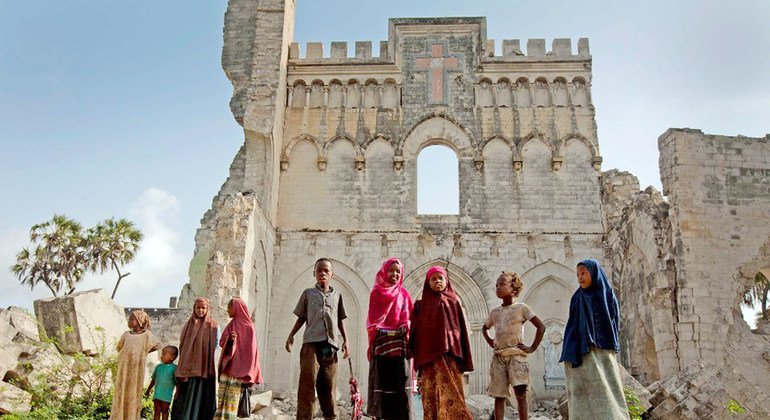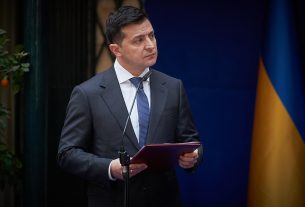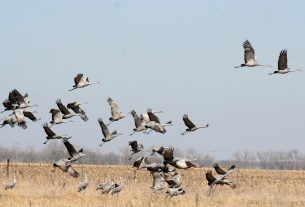Under-Secretary-General Rosemary DiCarlo was speaking on Wednesday at a meeting at UN Headquarters to draw attention to the widening financing gap at the year-old operation.
“Despite initial generous donor support, contributions have significantly declined, leaving the mission in a dire financial situation,” she said.
Contributing to progress
ATMIS builds on the work of a previous African Union (AU) mission, AMISOM, and has contributed to progress made in Somalia on the political, security and development fronts, amid ongoing threats from Al-Shabaab insurgents.
Ms. DiCarlo highlighted some of the mission’s work so far, which has included liberating population centres and providing an environment conducive for political processes to take place.
The mission has also made quantifiable progress in implementing the Somali Transition Plan, which calls for the handover of security to the Government.
At the same time, the Somali authorities have also logged recent advances in the fight against Al-Shabaab. Security forces have carried out successful operations in two states, Galmudug and Hirshabelle, recovering territory from the group.
Ensure reliable funding
Ms. DiCarlo warned that the lack of funding poses a significant risk to the security transition and could threaten hard-won gains.
“Our proposition is straightforward: It is urgent to ensure predictable, sustainable and multi-year funding for ATMIS and adequate resourcing for the Somali security transition,” she said.
“Our common objective – the full handover of security responsibilities to Somali security forces and institutions by the end of 2024 – depends on it.”
Three consecutive failed rainy seasons have brought on severe drought in the Somali region of Ethiopia.
Support Somali refugees
Meanwhile, UN agencies and partners are seeking $116 million to support Somalis escaping violence that erupted last month in the city of Laascaanood, displacing hundreds of thousands.
Close to 100,000 people have fled across the border and found safety in an extremely remote area of Ethiopia’s Somali region, which has been hard hit by the ongoing historic drought in the Horn of Africa.
Most of the refugees are women, children, older persons and people with specific needs, who arrive empty-handed, scared and hungry. A high number of unaccompanied and separated children are among their ranks, heightening protection concerns.
Resources severely overstretched
“The Ethiopian Government and local communities have generously welcomed the refugees, extending any help they can, but with the continuing arrivals, resources are already severely overstretched,” said Clementine Nkweta-Salami, Regional Director for the UN refugee agency, UNHCR.
The funds will be used to purchase urgently needed shelter and relief items, such as blankets, mats, and mosquito nets. Families will also receive monthly food distributions and emergency food assistance will also be provided to meet the most immediate needs.
Protecting women and children
The partners will prioritize child protection services, prevention and response to gender-based violence, documentation, and education, given the high numbers of women and children among the refugees.
They will also set up child-friendly spaces for displaced boys and girls. Family tracing and reunification services, as well as alternative care arrangements for separated children, also will be undertaken.
Refugee settlements will be established at two sites, thanks to land provided by the Ethiopian authorities, and plans are underway to expand the existing government health clinics, supply medicines and medical care, and initiate nutritional support programmes.
Displacement, drought, desperation
Michael Dunford, Regional Director for the World Food Programme (WFP) underscored the critical need for funding to save lives.
“This influx of refugees is happening at the worst time possible, in an extremely remote area of Ethiopia’s Somali region which is also one of the most severely hit by the worst drought in 60 years,” he said.
Humanitarian funding for Ethiopia remains “critically low”, the partners said, and response to the drought is under severe pressure due to the rapidly escalating needs.
Ethiopia was already hosting 884,000 refugees and asylum-seekers – mainly from South Sudan, Somalia, and Eritrea – before the most recent arrivals.
They warned that as refugees continue to flee, needs will increasingly outstrip the resources available, and urged the international community to swiftly mobilize support.



